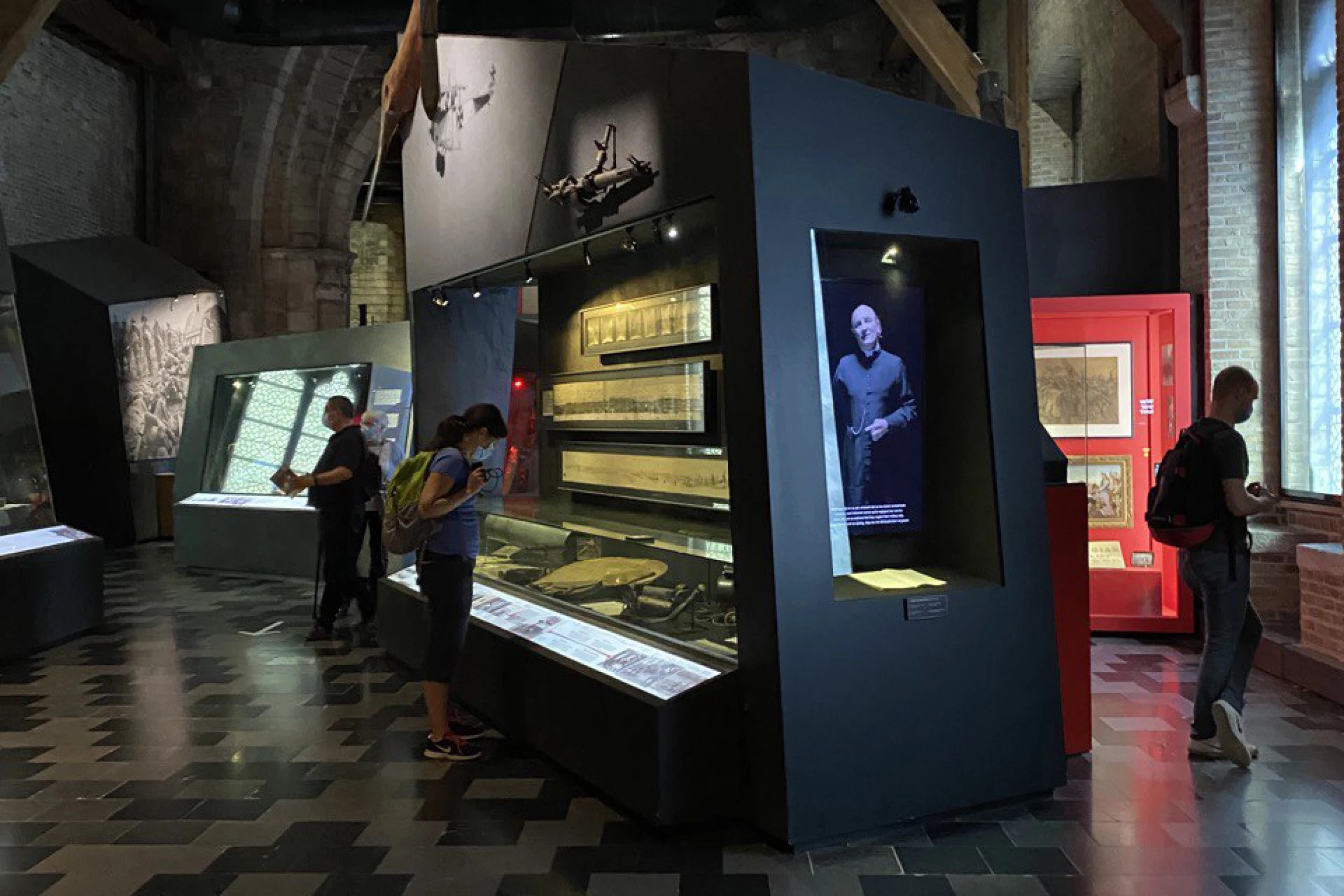we are experience designers
6 museum tips in europe
off the beaten path
Many Tinkers spend their spare time searching for inspiration both in the Netherlands and abroad, often discovering unique museums along the way. I have compiled a list of such museums that each have something special that Tinkers enjoy. This ‘something special’ can include interesting interactive and digital features, as well as unique collection presentations, perspectives, or exhibitions with beautiful designs. All extraordinary and slightly different, so definitely worth a visit.
1. Lugdunum Archaeological Museum in Lyon
Visitors are initially drawn to the architecture, but get immersed in the objects and stories, making their experience even more rewarding. The building was designed by architect Bernard Zehrfuss and is hidden in the hills of Lyon where the city was founded in 43 A.D. It is a collection-based museum, but there are also some digital applications that add extra depth to the collection. The shape of the building guides you in a natural way through the 4,000m2 museum. Pay attention to the natural lighting; it comes from different places throughout the day.

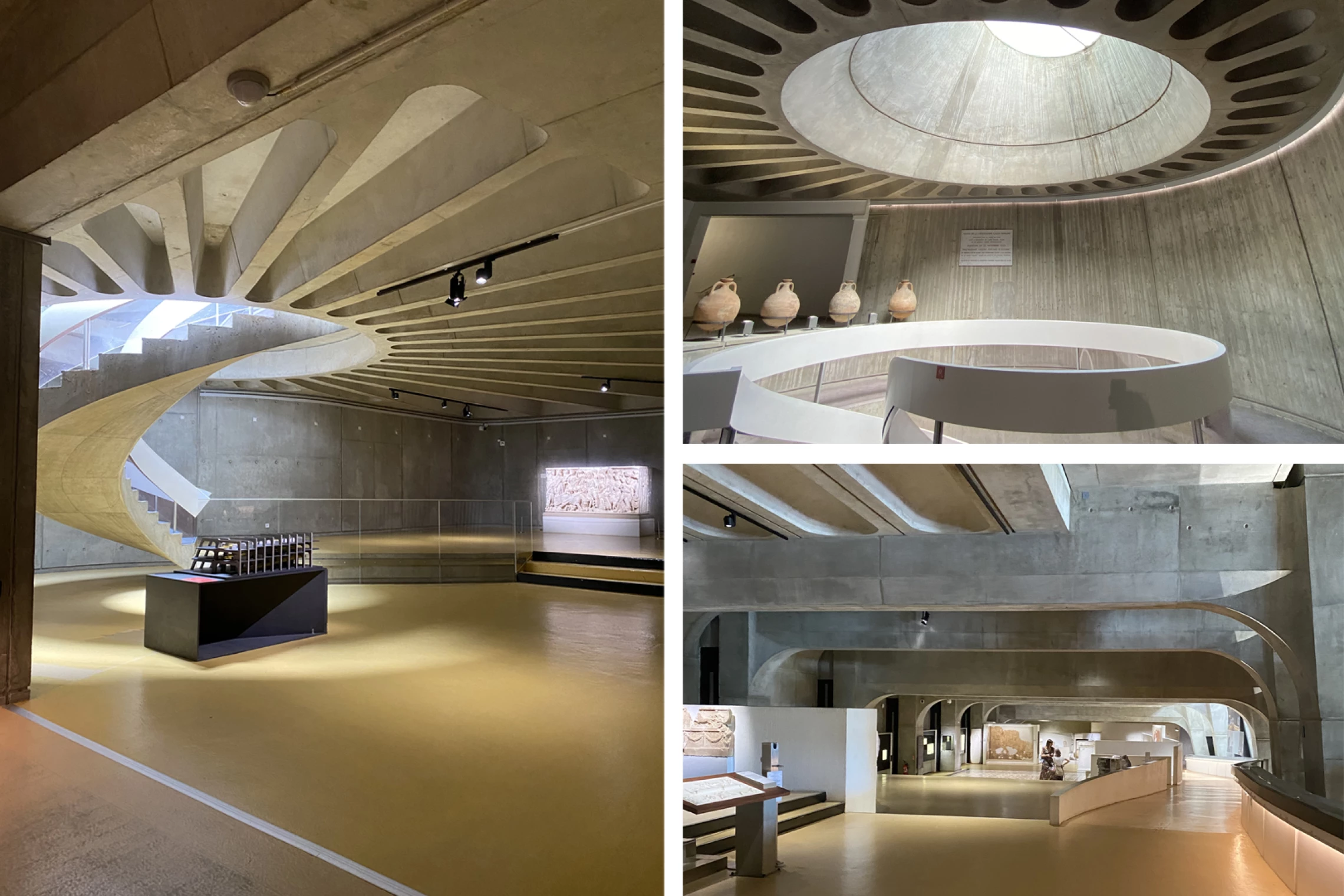
2. Galerie Dior in Paris
Whether you love fashion or not, this relatively new museum is a feast for the eyes. There is mainly clothing on display, but the nine spacious rooms also tell the story of the brand's history and philosophy. Each room has its own theme and atmosphere, and projection and lighting are used extensively. In one of the rooms, it seems as if the seamstresses are still working in the building. Do you see them walking above you? The gold line on the floor comes back in all the rooms and serves as a carrier of texts and as a distance holder.

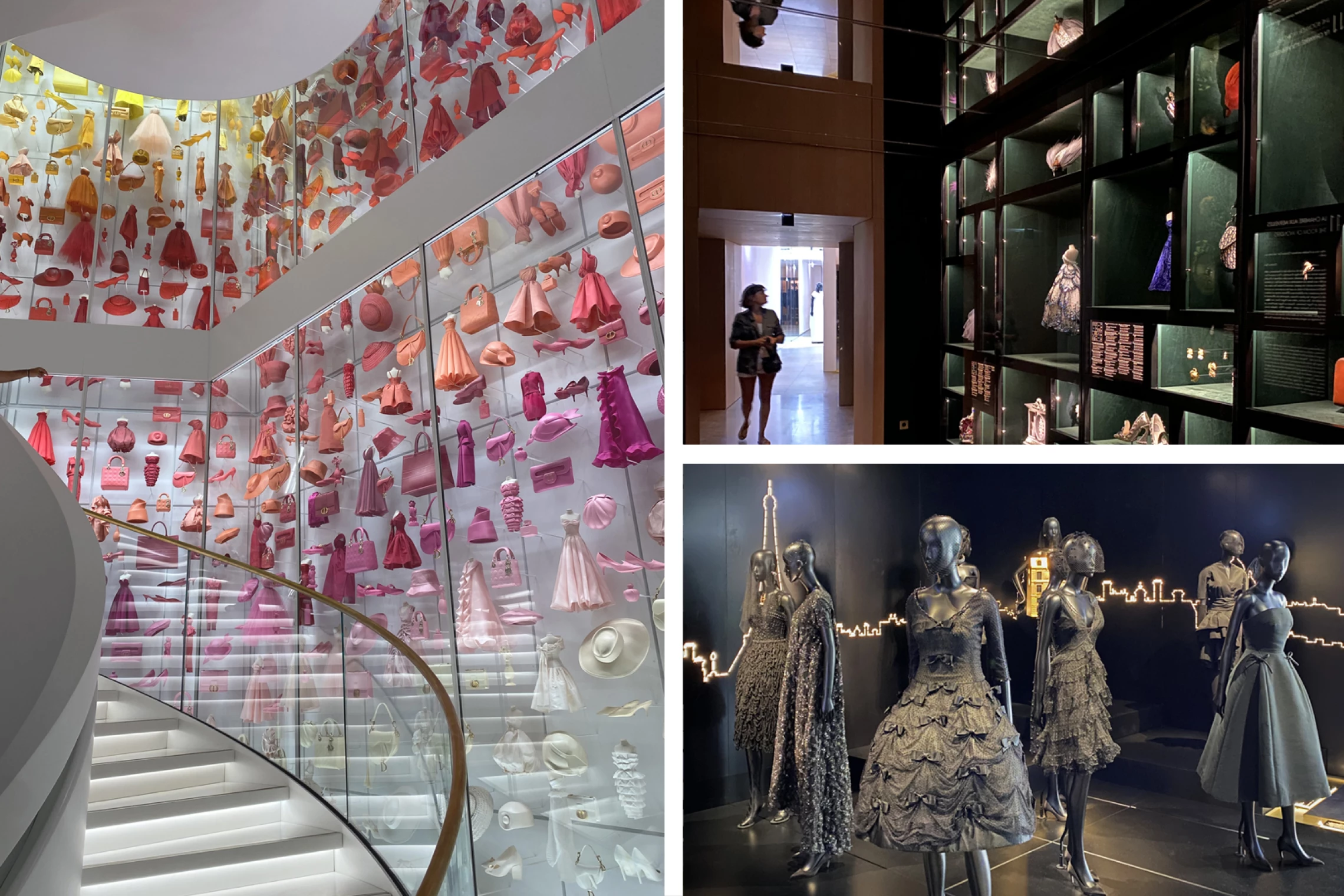
3. Stevns Klint Experience in Denmark
One of our own projects can’t be missed here, especially because it’s located in a very special location in Denmark. Just behind the 17km long cliffs of Stevns Klint lies a new visitor center that tells the story of the mass extinction that occurred 66 million years ago, in which the dinosaurs became extinct, but our ancestors survived. For a long time, the cause of this sudden extinction was unknown, but it was found in Stevns Klint: an asteroid impact. Through an immersive show and a multi-sensory exhibition, you learn more about what the world looked like then, how the asteroid caused mass extinction, and what the consequences were. Here you find more information about the Stevns Klint Experience.

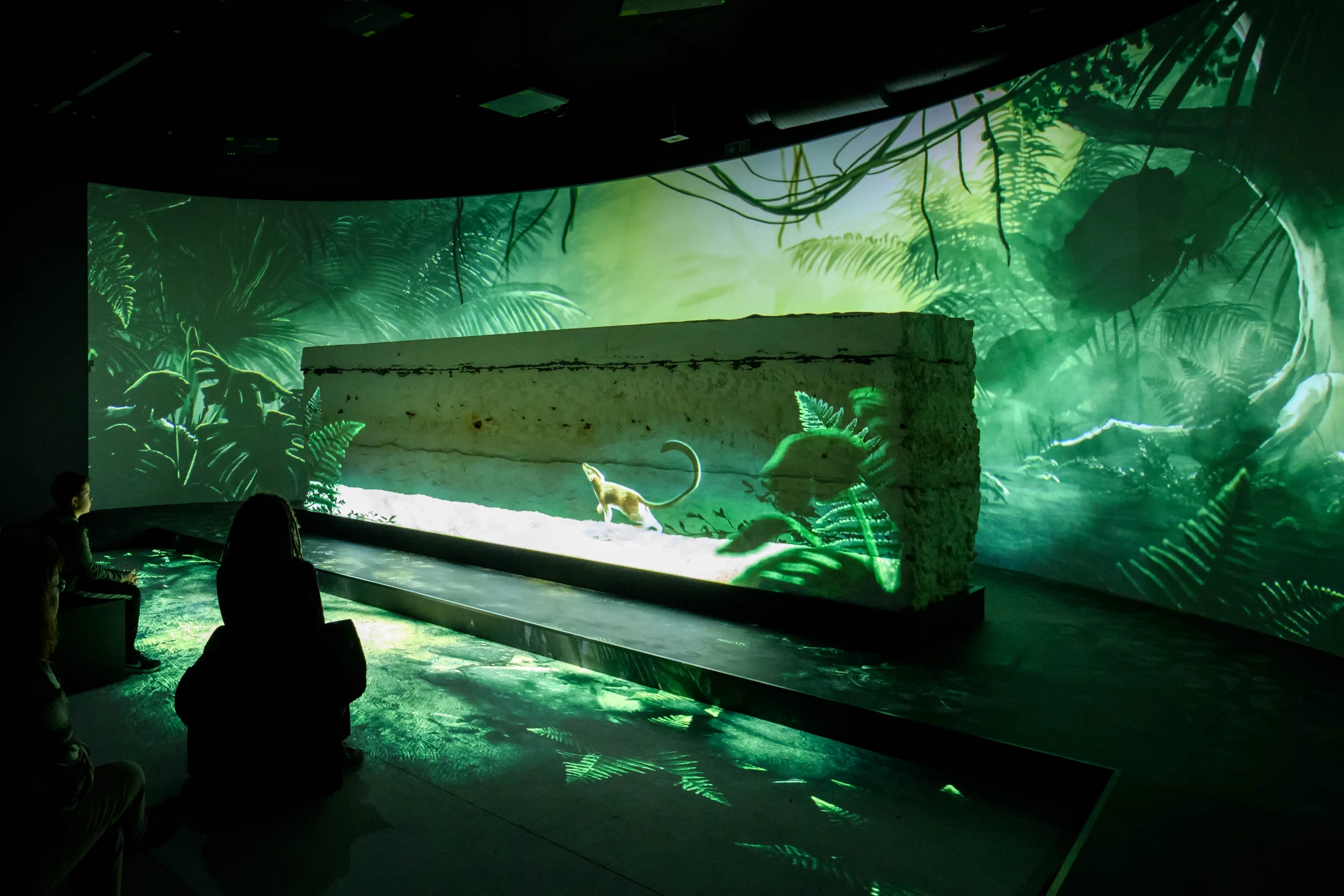
4. Wellcome Collection Londen
The Wellcome Collection combines science, medicine, life, and art in a modern building in the middle of London. They do this quite skillfully with a combination of a permanent collection and temporary exhibitions. Although most of Henry Solomon Wellcome's medical collection is currently off view because of renovation, perhaps one of the nicest parts is the library and living room. Here you can find all kinds of books on the above subjects, relax a bit or study, or do one of the small assignments hidden here.

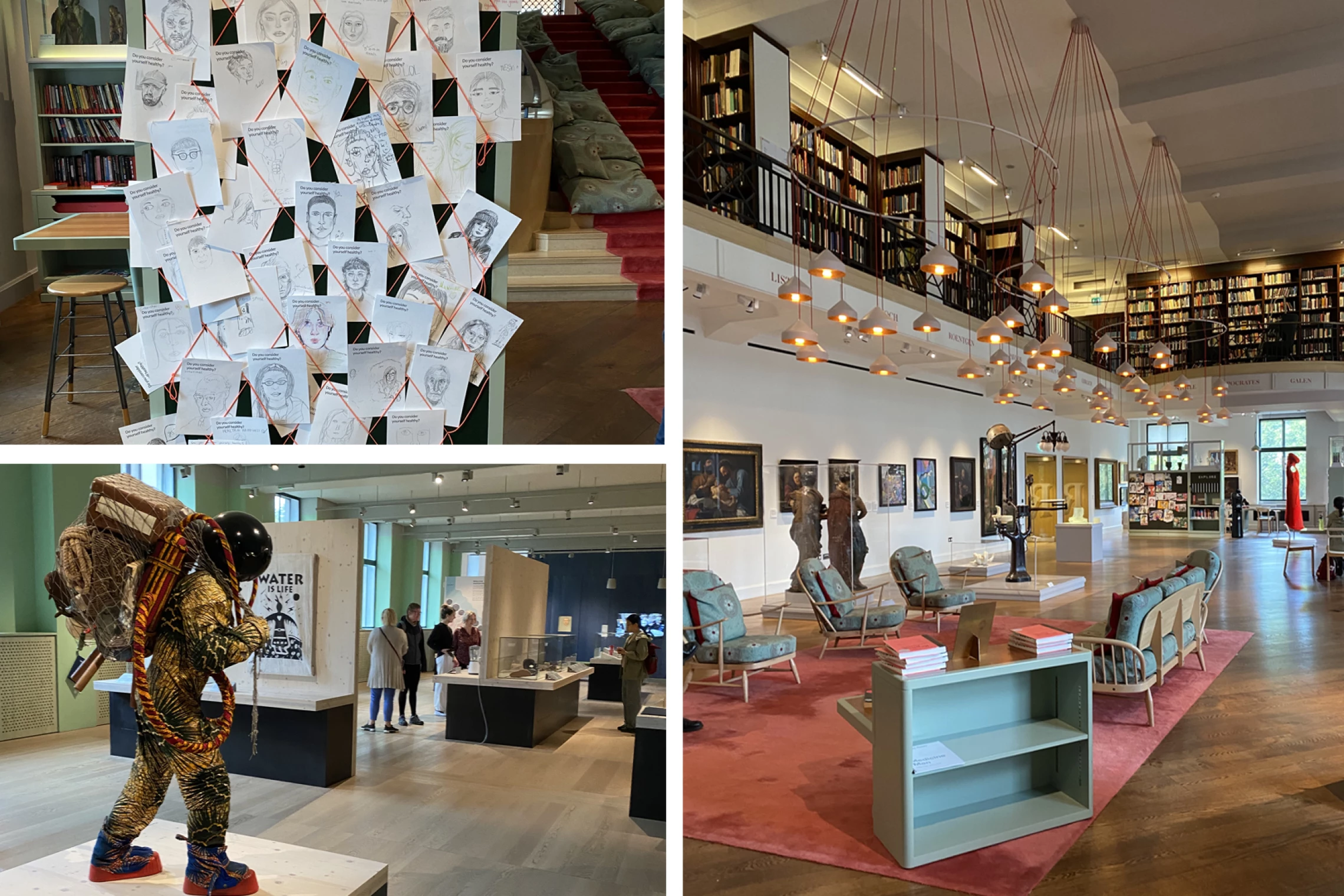
5. The Pitt Rivers Museum in Oxford
This archaeological and anthropological museum is hidden behind the natural history museum of Oxford and feels like a hidden treasure. You literally don’t know what you’re seeing when you enter and are almost overwhelmed by the amount of collection on display. What's special is that the collection has been thematically arranged since its founding in 1884, so objects from different times and cultures are displayed together in one showcase. At first glance, the connection between the objects is not always immediately clear, but it makes it even more fun to figure it out on your own.

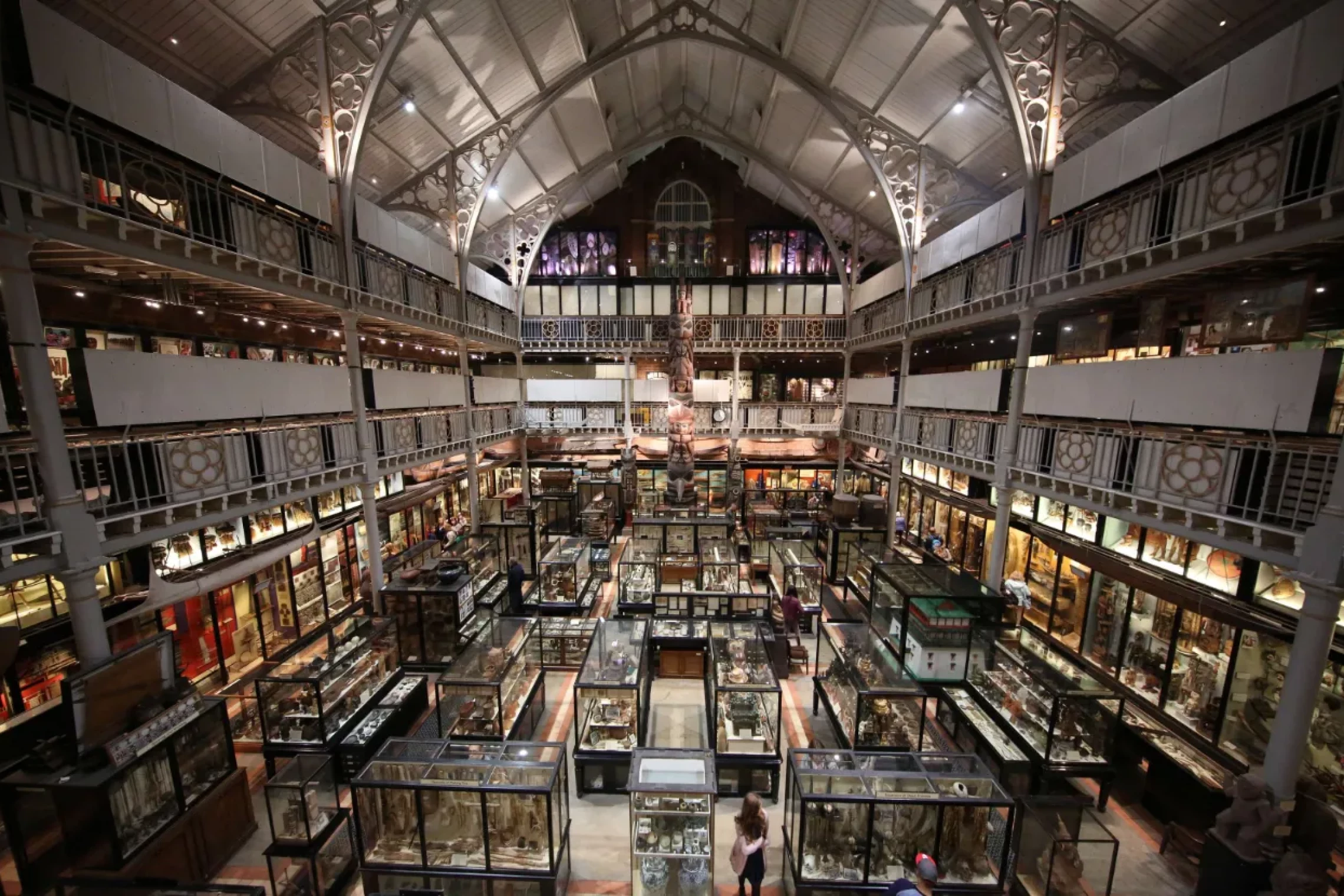
6. In Flanders Fields Museum in Ypres, Belgium
The First World War museum focuses on the war in Belgium, but also tells a broader story. Visitors are brought face to face with people who played a role in the war through the use of actors and films, including soldiers from both sides, doctors, deserters, priests, poets, and thinkers. This provides insight into what it must have been like for them and removes the idea of the enemy. The everyday objects in a series of cabinets, each telling something about a specific person, touch deeply. Such as a wallet pierced by a bullet that still contains a photo of the soldier and his fiancée. Together with the letters he wrote to her, these intimate objects give the soldier a face. Through the in-depth layer featuring scientists and experts, you get an idea of how the war still resonates and is relevant to the present.

